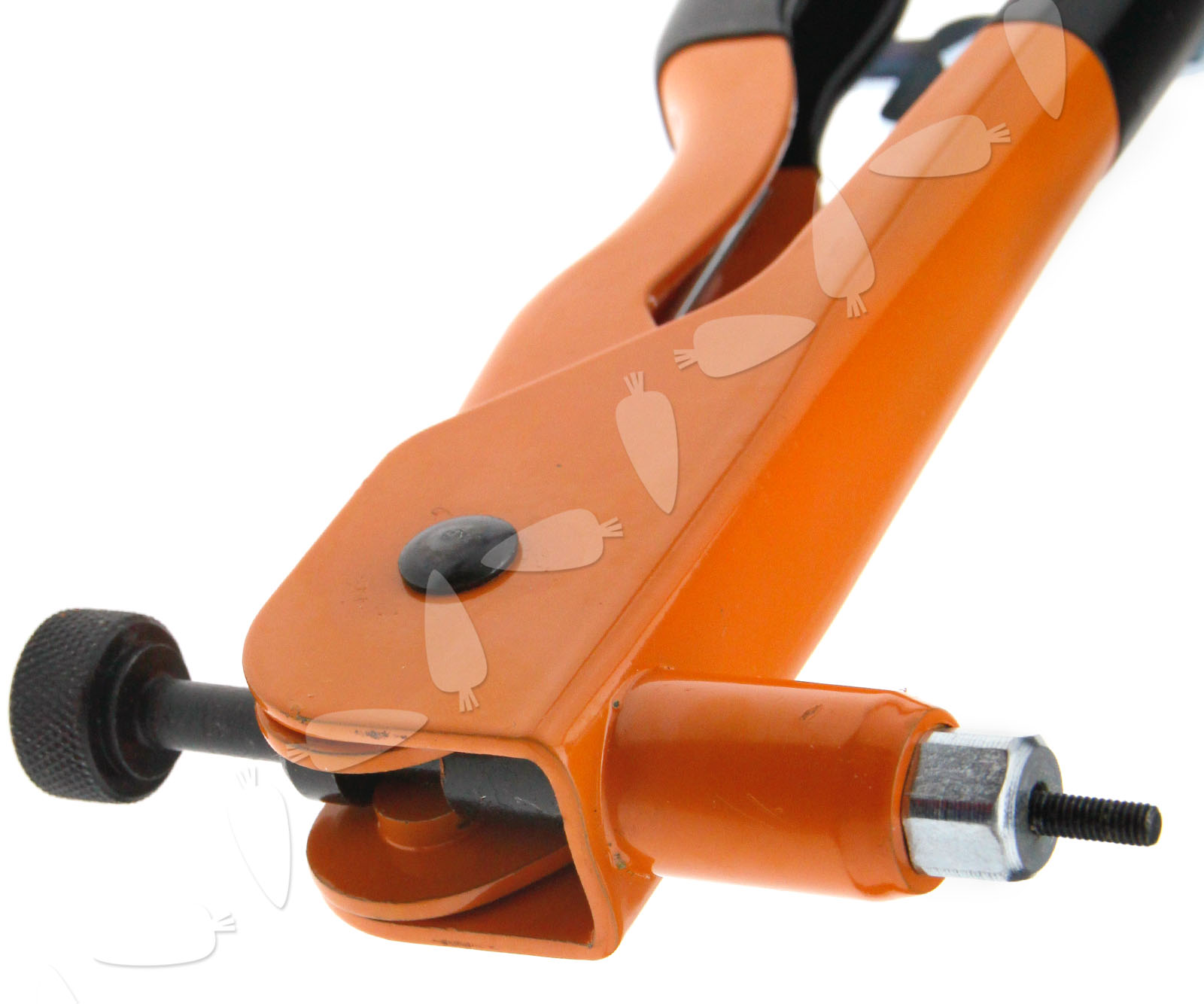

Rivet nuts work by generating a slight upset or bulge on the blind side of the bearing surface. Make wide, blind-side bearing surfaces possible.This could include using Grade 2 and Grade 5 bolts to further improve the assembly’s clamp load, pull-out, and overall joint strength. However, by using rivet nuts, a user can select the ideal clamp load for one material (such as plastics), and then set a different torque or clamp for the joined assembly (say, plastics that are mounted to a steel frame). The clamp load is limited by the strength of the joined materials, the fastener, and the threads’ ability to tighten - and especially when joining dissimilar materials. Oftentimes materials, such as plastics, can be weakened by a bolt’s clamp load. Similar to pull-out, torque-out refers to the amount of torque necessary to spin (rather than pull) a fastener out of an application. A rivet nut’s head and body design allow for the joining of dissimilar materials, which increases the pull-out and torque-out. Maintaining the rigidity of the joined materials is also imperative to joint strength and a reliable hold.Īn inserted (left) and installed (right) rivet nut in an area with a very tight clearance, which would be difficult to achieve with other fasteners. This prevents the weakening of substrates due to vibration over time. Compared to the use of a screw or bolt alone, rivet nuts radially swell to the shape of a hole. These components also offer the ease of assembly necessary to significantly improve pull-out. A conventional bolt and nut may provide sufficient features for pull-out strength, but fail to provide the ease of assembly or strength required for most blind applications.Īlternatively, rivet nuts offer thread engagement and a reliable bearing-surface area and clamp force. In thin sheet metal, tapping, thread cutting, and thread forming screws have limited thread contact and engagement with the radial wall. Pull-out forces are first determined by the ability of a fastener’s threads to withstand the load applied to it, followed by the bearing surface area and the joints’ clamp force. Provide substantial bolt/screw engagement.Additionally, rivet nuts allow for applied forces in multiple directions and are extremely difficult to remove once installed.


For example, these components require access to both sides of an application, which is not always possible.Įase of accessibility, in combination with a lower installed cost and greater installation convenience, makes rivet nuts an ideal choice. It’s possible to use alternative fastening technologies - such as clinch nuts, u-nuts, and weld nuts - however, each one has certain disadvantages. The connection of a rivet nut that’s joined to thin sheet metal is substantially stronger compared to other joining technologies. Rivet nuts can remedy joint pull-out issues in several ways. Fastener pull-out strength is a concern, which refers to the force applied to pull or tear a fastener out of an application. In such cases, the threads of a bolt have little material with which to form a strong and secure attachment. Joining thin materials is a major challenge with more conventional threaded fasteners. They’re an excellent component to use to add strength to thin materials, which is particularly important as the manufacturing trend is moving toward thinner and lighter substrates - such as soft sheet metals, thin hardened aluminum or steel skins, plastics, composites, and/or carbon fiber. Rivet nuts are internally threaded fasteners that are anchored from just one side of a workpiece or application. A selection of different types of rivet nuts.


 0 kommentar(er)
0 kommentar(er)
